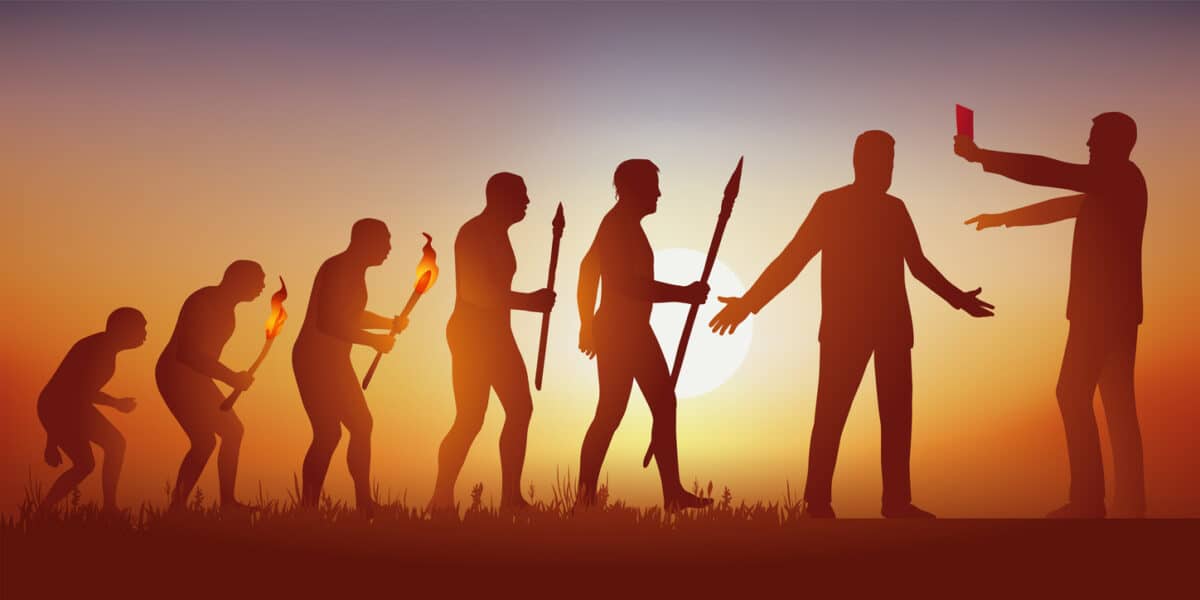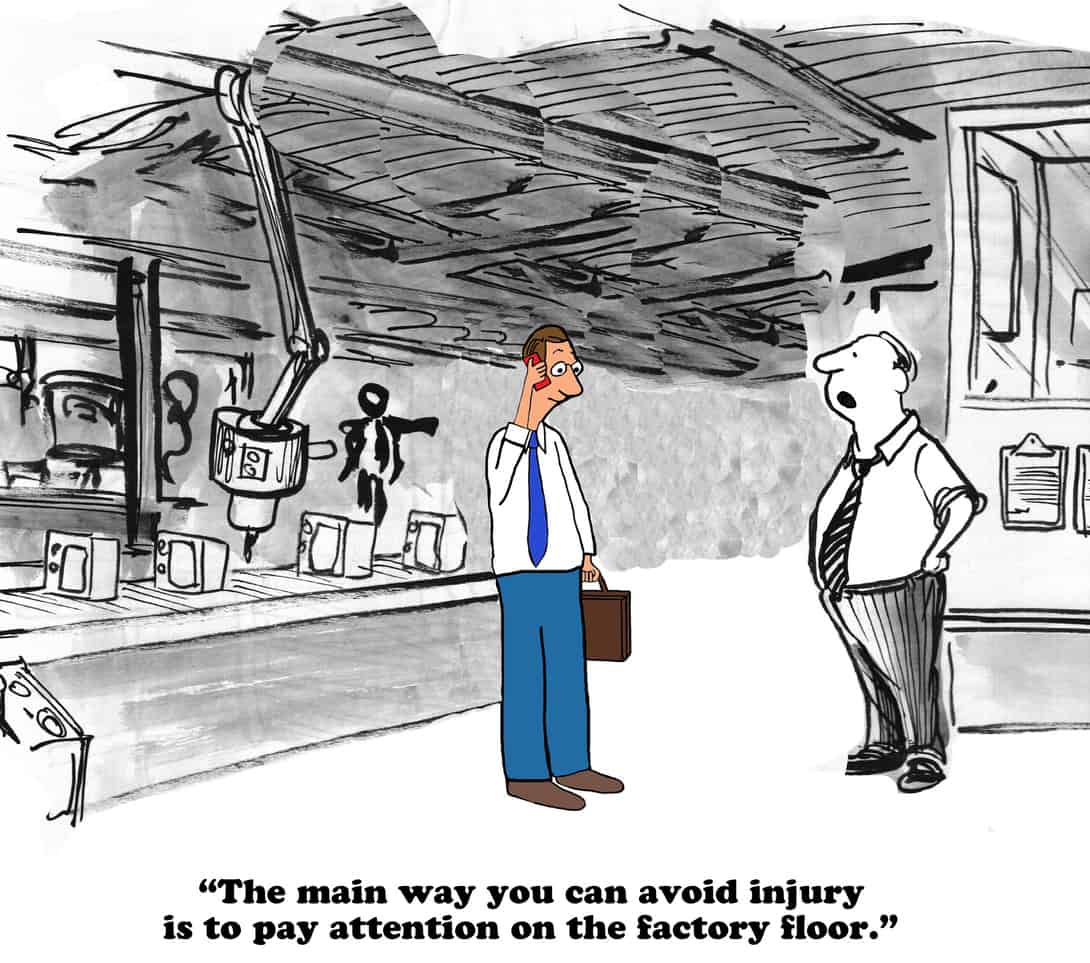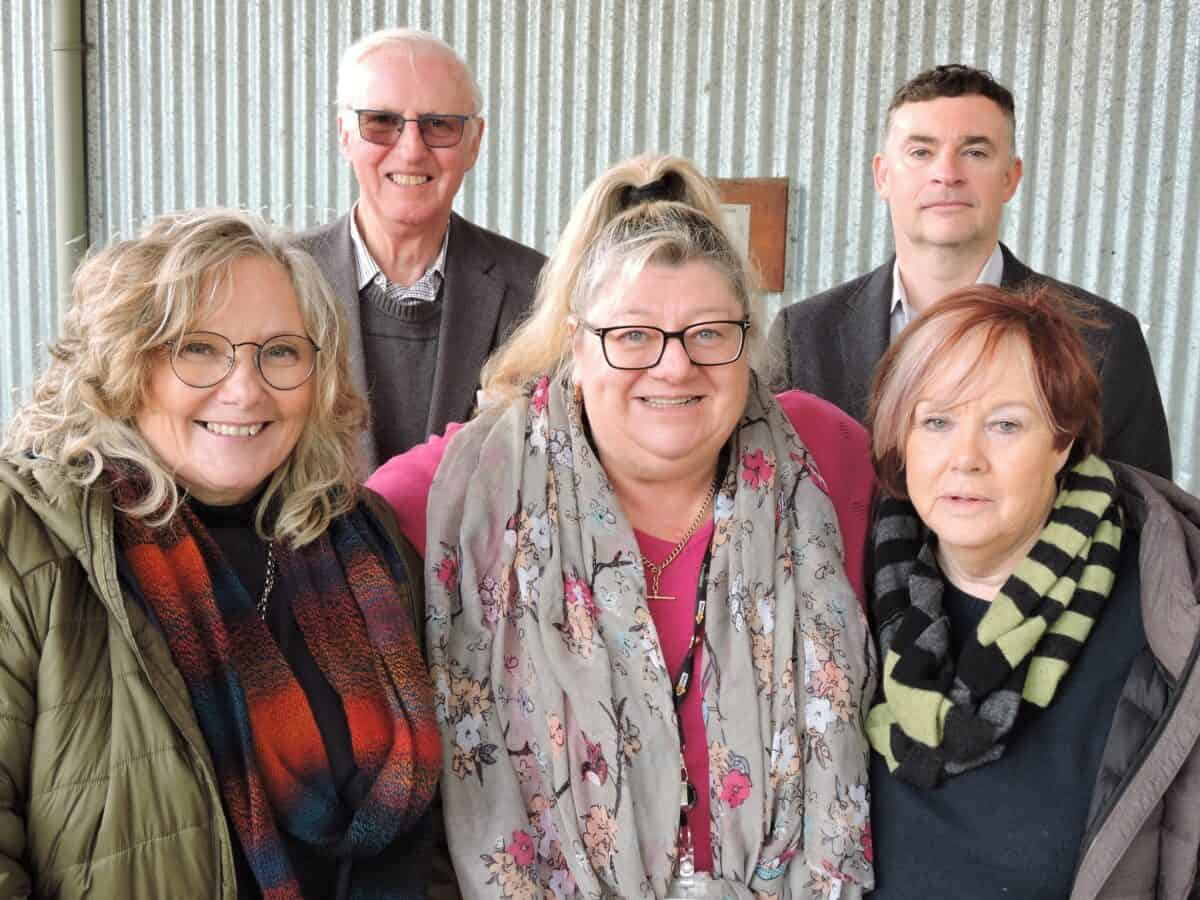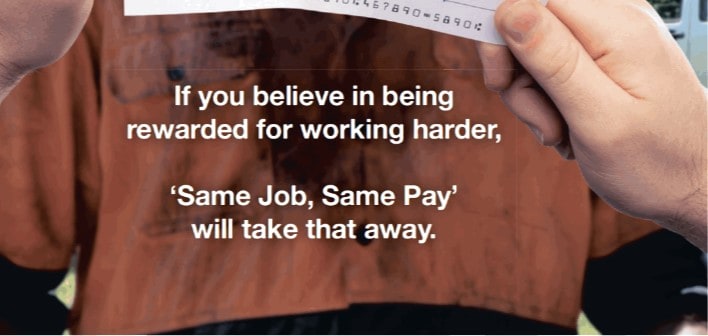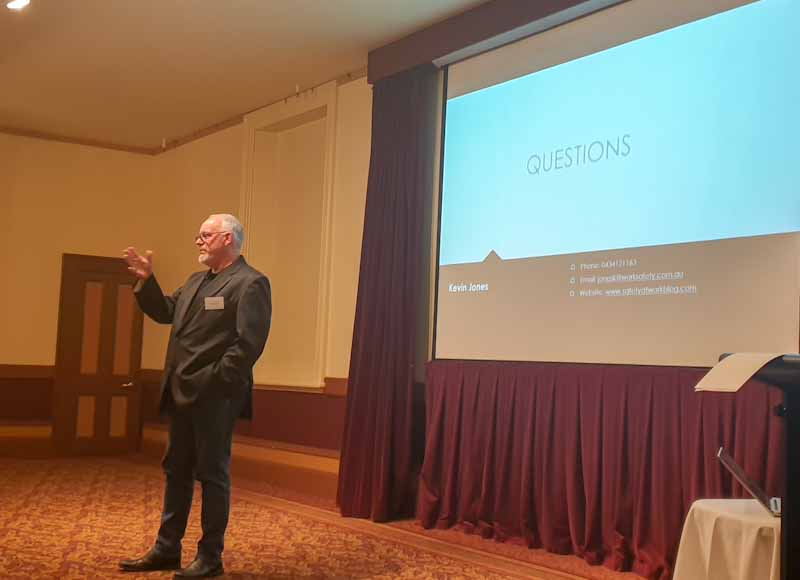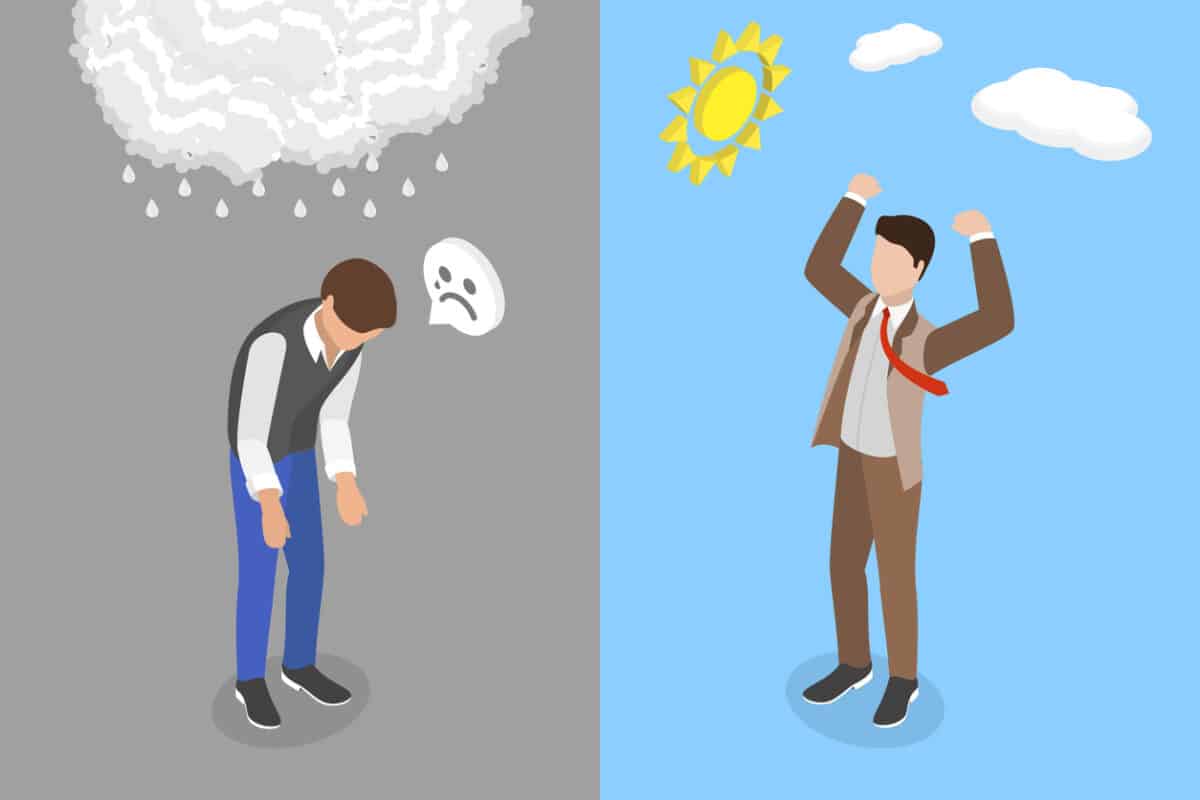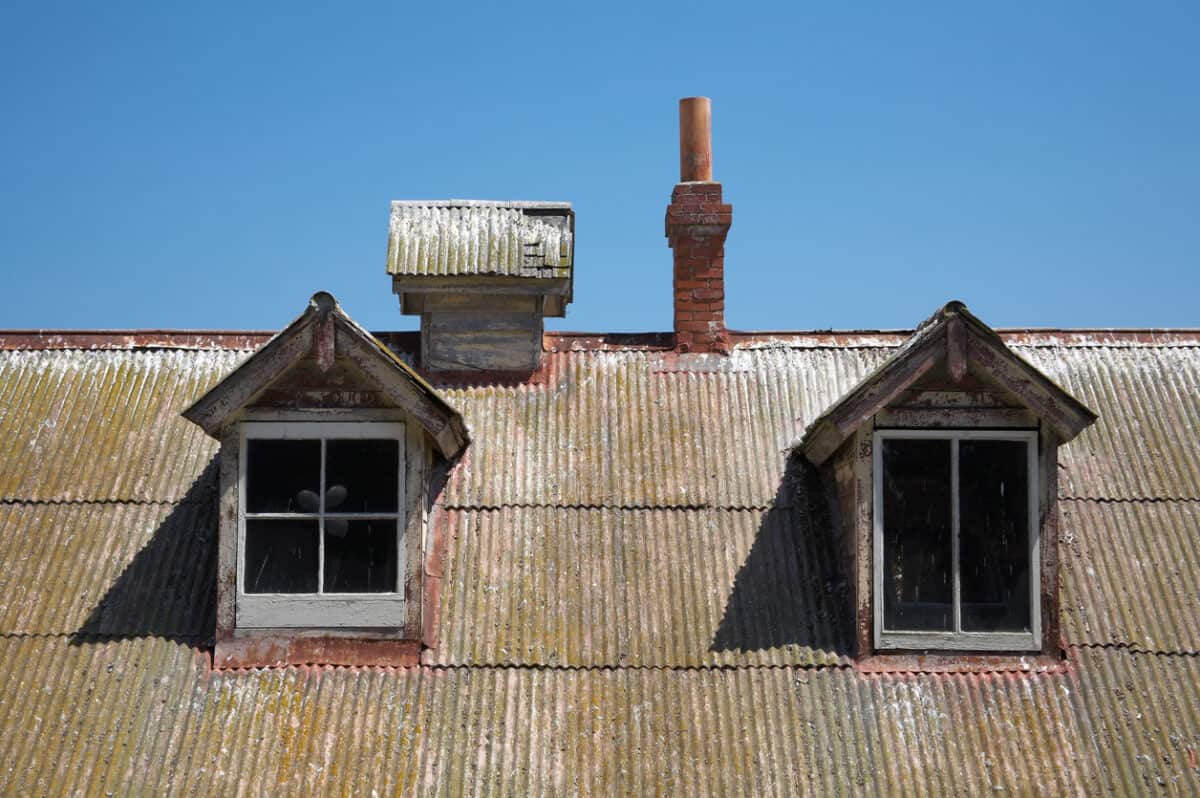It seems that being “mindful” is now more commonly advocated than being careful. “Mindful” has become the equivalent of “careful”, but these words have different meanings and are not interchangeable. Occupational health and safety (OHS) laws impose a Duty of Care, not a Duty of Mind.
Much of the social media discussion on Mindful vs Careful seems to originate from parental sites or well-being advocates. One example can be found here in a discussion of a child’s reaction to each of these words.
Continue reading “From mindful back to careful”
